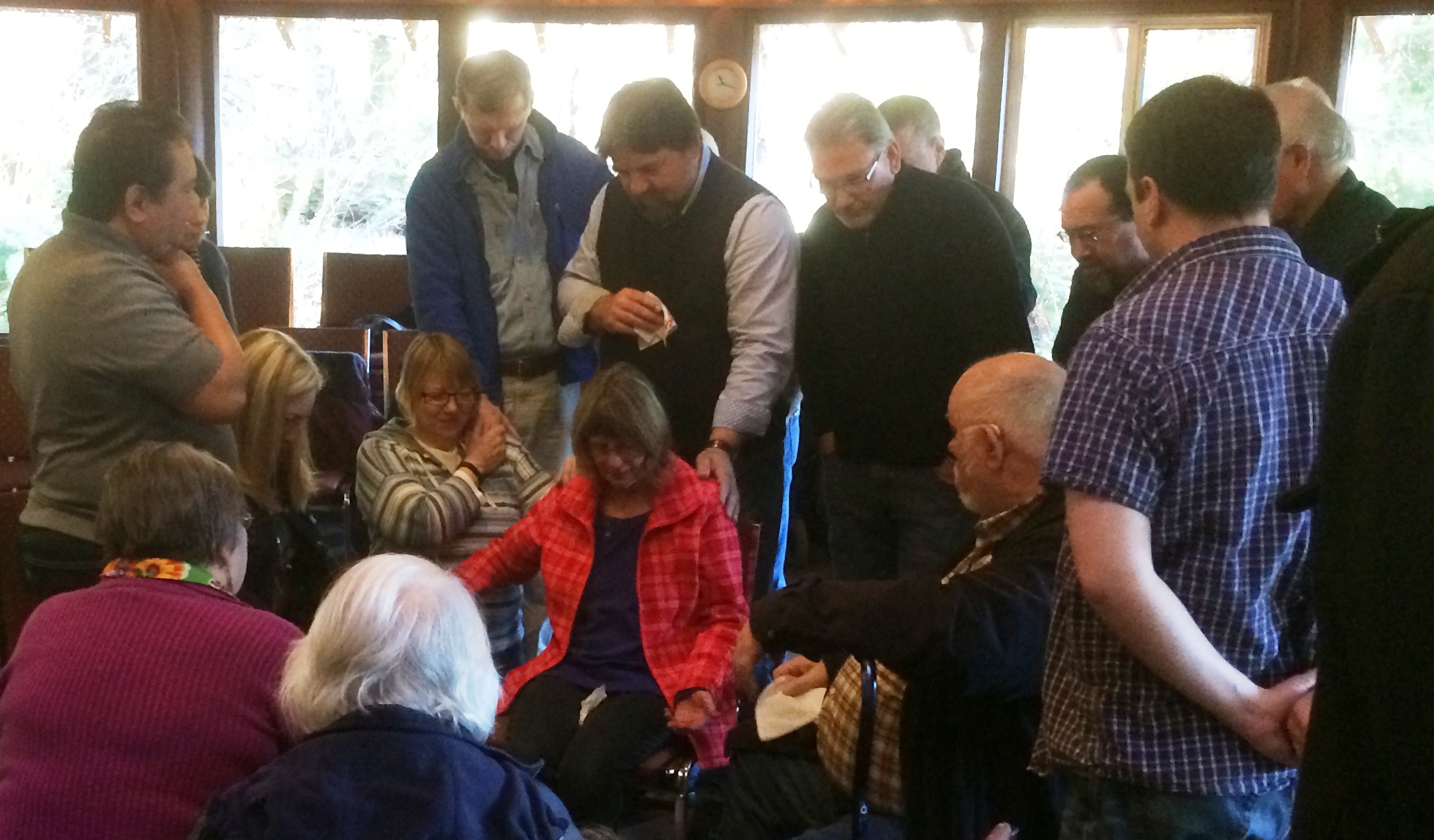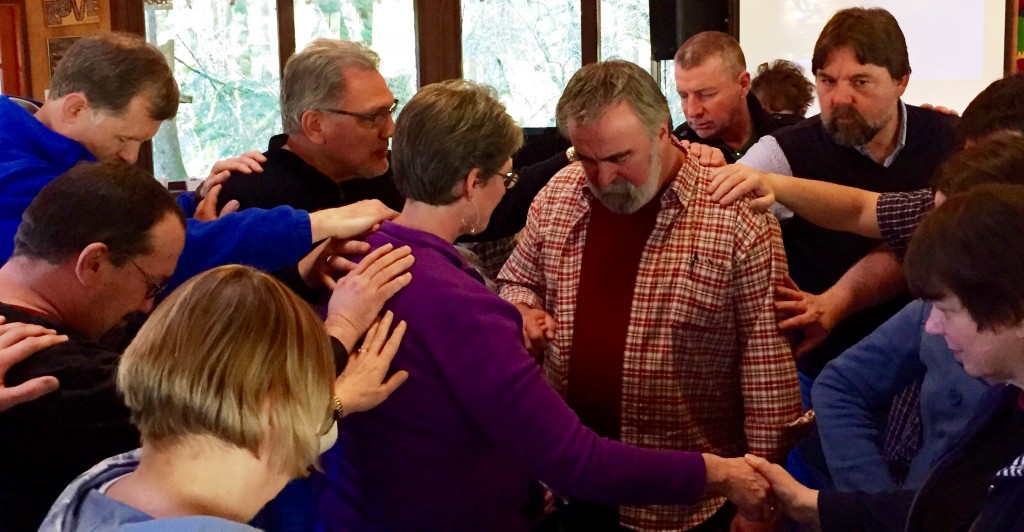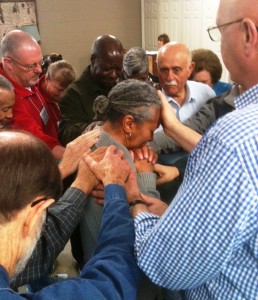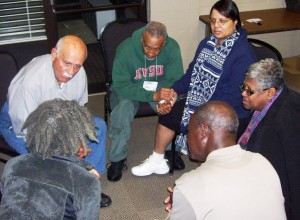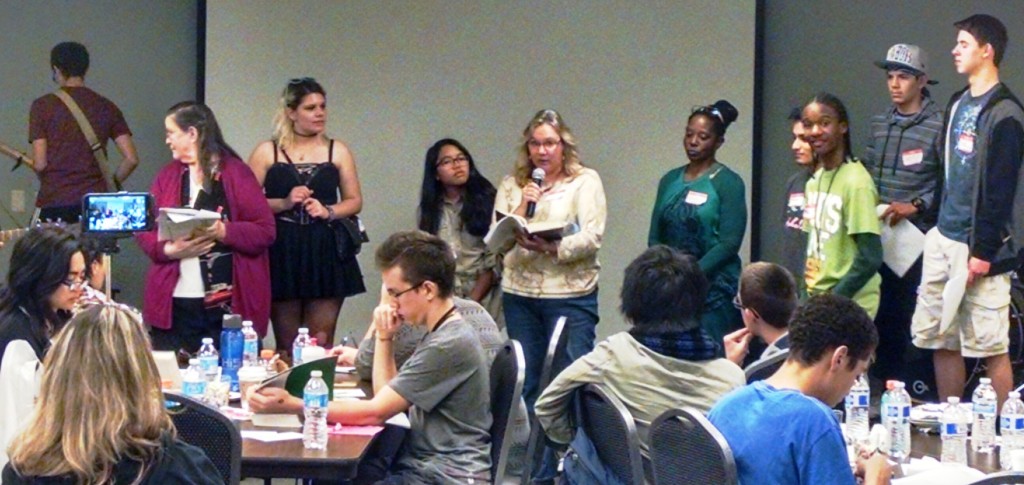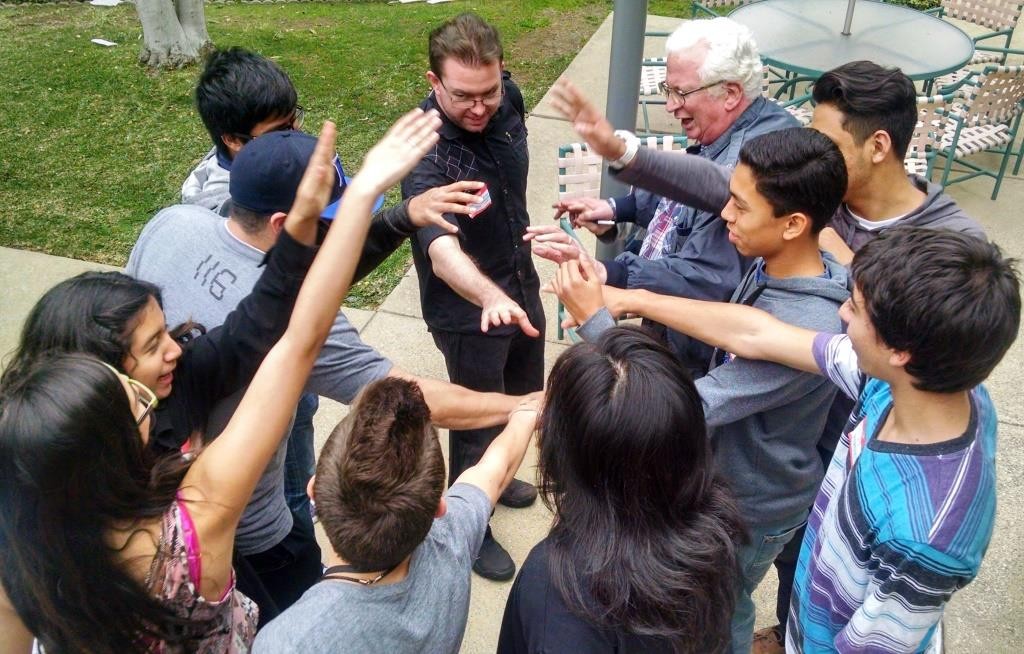Dear Brothers and Sisters in Christ,
We watch spellbound as the magician, wrapped in chains and secured by padlocks, is lowered into a tall tank of water. The top is then closed and the magician’s assistant stands on top, draping the tank with a shroud of cloth, which she lifts above her head. After only a moment or two, the shroud is dropped and to our surprise and delight, the magician stands on top of the tank with his assistant now inside, chains securing her. This sudden, mysterious “exchange” happens right before our eyes. We know it’s an illusion, but how the seemingly impossible was accomplished is not revealed so that this act of “magic” can be repeated to the surprise and delight of other audiences.
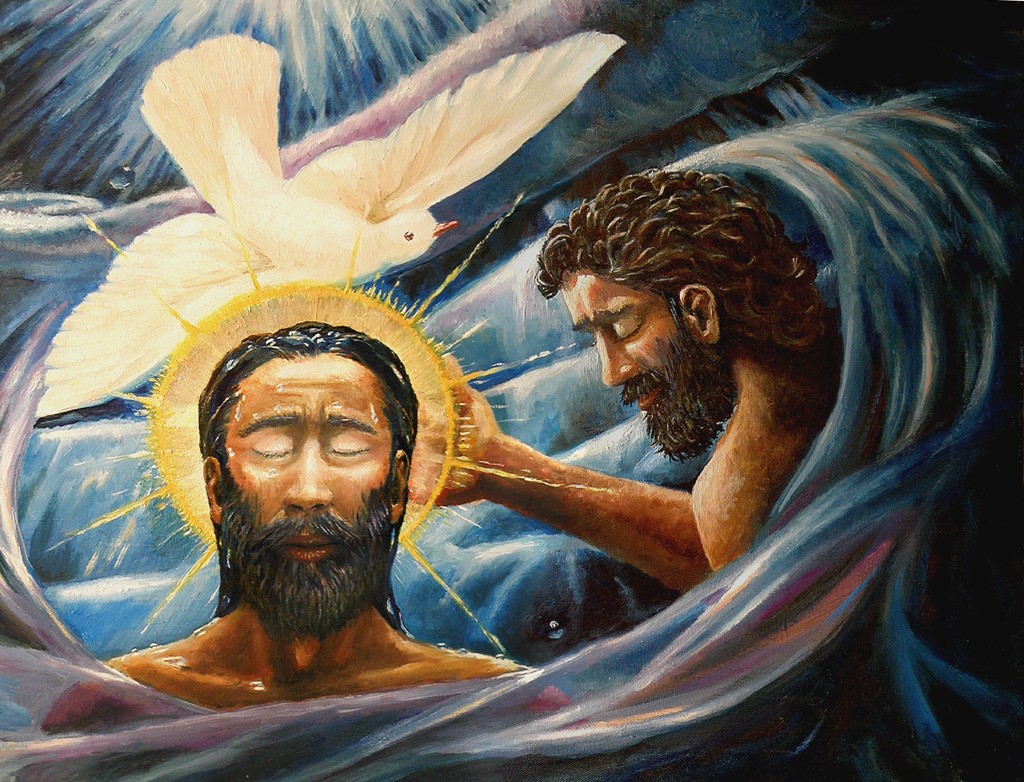
Some Christians view baptism as if it is an act of magic—at the moment one goes under the water, sins are washed away and the person is made new. But the biblical truth about baptism is far more exciting. It’s not the act of baptism itself that accomplishes salvation—Jesus does that as our representative and substitute. Nearly 2,000 years ago, he saved us through his life, death, resurrection and ascension.
It’s not in the act of baptism that we trade places with Jesus—exchanging our filth and sinfulness for his righteousness. Jesus doesn’t take on the sin of humanity each time a person is baptized. He did that once, for all, in his own baptism, life, death, resurrection and ascension. The glorious truth is that our baptism is a sharing, by the Spirit, in Jesus’ baptism! We are baptized because Jesus, our representative and substitute, was baptized for us. Our baptism is a sign and pointer to his. We put our trust in Jesus’ baptism, not our own.
It’s important to realize that salvation is not about what we do. As the apostle Paul wrote, it’s about Jesus—who he is and what he has done (and continues to do) on our behalf: “It is because of him that you are in Christ Jesus, who has become for us wisdom from God—that is, our righteousness, holiness and redemption. Therefore, as it is written: ‘Let the one who boasts boast in the Lord’” (1 Corinthians 1:30-31).
With Holy Week only a few weeks away, thoughts of celebrating my baptism have begun to stir. The baptism I have in mind is more than my own in the name of Christ many years ago—it’s the baptism with which Jesus himself was baptized as the representative (vicarious) man I wrote about last week.
In his vicarious humanity, Jesus is the last Adam. As a human being like us, he was born, lived, died and was resurrected with a glorified human body and ascended into heaven. When we are baptized, we join Jesus in his baptism—his baptism applied to us by the Holy Spirit. In other words, when we are baptized, we are baptized into Jesus.
This baptism is fully Trinitarian. When Jesus was baptized by his cousin John the Baptist (see the painting above), the Trinity was present: “As soon as Jesus was baptized, he went up out of the water. At that moment heaven was opened, and he saw the Spirit of God descending like a dove and alighting on him. And a voice from heaven said, ‘This is my Son, whom I love; with him I am well pleased’” (Matthew 3:16-17).
Jesus was baptized in his role as the one mediator between God and humanity. He was baptized on behalf of humanity, and our baptism signifies our participation in the full and vicarious humanity of the Son of God. Baptism has a basis in the hypostatic union through which God draws near to humanity and humanity draws near to God (hypostatic union is a theological term derived from the Greek word hypostasis, which describes the inseparable union of Christ’s divinity and humanity—making Jesus fully God and fully man at the same time). As Christ is fully divine and fully human, by his nature he draws God near to us, and us near to God. Here is how T.F. Torrance explained it:
For Jesus, baptism meant that he was consecrated as the Messiah, and that he, the Righteous One, became one with us, taking upon himself our unrighteousness, that his righteousness might become ours. For us, baptism means that we become one with him, sharing in his righteousness, and that we are sanctified in him as members of the messianic people of God, compacted together in one Body in Christ. There is one baptism and one Body through the one Spirit. Christ and his Church participate in the one baptism in different ways—Christ actively and vicariously as Redeemer, the Church passively and receptively as the redeemed Community.
When Christians think they are saved by the act of baptism, they are misunderstanding who Jesus is and what he has done as Messiah, mediator, reconciler and redeemer. I love the answer T.F. Torrance gave when asked when he was saved: “I was saved about 2,000 years ago in the death and resurrection of Jesus.” His answer articulates the truth that salvation is not in the experience of baptism but in the work of God in Christ through the Holy Spirit. When we talk about our salvation, we are transported back in time to the moment in salvation history that had little to do with us, and everything to do with Jesus. It was the moment when the kingdom of heaven was inaugurated and God’s original plan to elevate us was sparked in time and space.
Though I did not fully understand this four-dimensional reality concerning salvation when I was baptized, it is no less real, no less true. The sacraments of baptism and communion are about Jesus uniting himself to us and us to himself. These grace-filled expressions of worship are not about our timing, but about what occurred in God’s timing. So whether we were baptized by sprinkling, pouring or immersion, the reality is what Jesus did for us all in his atoning sacrifice.
In GCI, we follow Jesus’ example and typically baptize by full immersion. However, that is not always possible—most prisons, for example, do not allow baptism by immersion. Also, many infirmed people cannot be immersed, and it’s appropriate that infants be sprinkled. Some humorously refer to Jesus’ encounter with the thief on the cross as baptism by “dry cleaning.”
Let me wrap this up with another quote from T.F. Torrance:
All this helps to make it clear that while baptism is both the act of Christ and the act of the Church in his Name, it is to be understood finally not in terms of what the Church does but in terms of what God in Christ has done, does do and will do for us in his Spirit. Its meaning does not lie in the rite itself and its performance, nor in the attitude of the baptised and his obedience of faith—even the secondary reference of baptism, by its nature as a passive act, in which we receive baptism and do not administer it to ourselves, directs us to find its meaning in the living Christ who cannot be separated from his finished work and who makes himself present to us in the power of his own Reality (Theology in Reconciliation, p. 302).
As I look forward to Holy Week and the celebration of Jesus’ passionate sacrifice for us, I find myself thinking fondly of the day I was baptized by immersion and how much better and deeper I now appreciate Jesus’ act of obedient faith on our behalf. My hope is that a better understanding that your baptism is a real joining with Jesus in his baptism will be a cause for celebration as you head into the Easter season.
Appreciating our baptism,
Joseph Tkach


